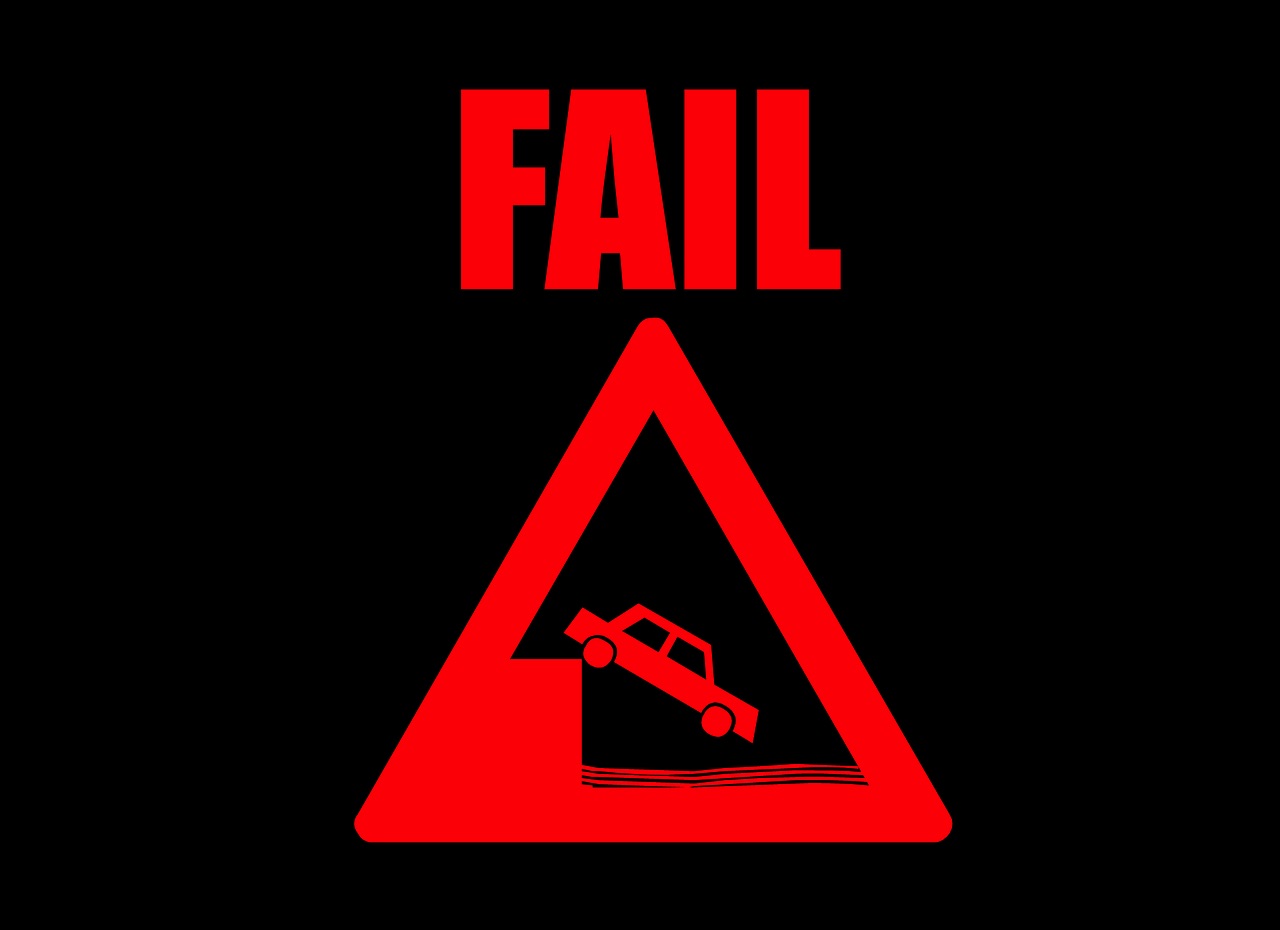
OK. By now, you are probably somewhat sick of hearing about the coronavirus. But, the illness certainly brings up specific issues in radiology that should rise to the forefront. As a microcosm, within my practice, we are intensely discussing preparations for the coronavirus storm that has begun. Will the next patient be a coronavirus victim, and will she expose our radiologists? What will happen if some of our radiologists become sick and cannot perform our duties? Can we provide the services that our customers and the hospital expect?
Without definitive guidance on what to do next, we are currently debating the appropriate responses. But one thing is clear. In this environment, we need to have the ability to read cases from home. Teleradiology from home is no longer a luxury but rather a necessity.
Hospitals, residencies, and practices that do not provide teleradiology are at risk of giving poor health care to their patients. Therefore it is the responsibility of hospitals and large imaging centers to supply the resources necessary expeditiously for remote reading. And, we have discovered that teleradiology in an emergency helps the most to decrease exposure, increase radiologist efficiency, and increase the flexibility of the radiologist workforce. So, let’s talk about these issues specifically.
Reducing Radiologist Exposure
Sure, we will need to have someone on the premises to perform specific responsibilities like interventional treatments, radioactive iodine administrations, etc. However, do we need all our radiologists to be present? Probably not. Why increase the risks to employees and physicians when you can mitigate exposure to the coronavirus? In the case of coronavirus, you want to protect the elderly radiologists and those families with babies or the infirm elderly at home. The ability to perform teleradiology decreases the number of staff members on the frontline, especially those at most risk. Thereby, you will have fewer radiologists and families affected by the virus. And, it is not necessarily just the coronavirus. The same goes for any pandemic. Do you really need to increase the number of infected hospital workers/radiologists?
Increases Radiologist Efficiency
One of the side effects of a pandemic is a potentially large amount of patients that need imaging. How do you provide these services with a fixed number of radiologists available? Well, for one, teleradiology enables a group to increase the capacity of imaging reads throughout a system. It becomes easier to read additional studies when the need arises. With a workstation at home, you can pick up a case at almost any time to help out when needed. And, one never knows when the flood of imaging for a disease will start. A hospital nightmare scenario would be to have a large number of patients storming the emergency department without the capability to increase the number of reads during an emergency!
Increases Flexibility of The Workforce
When an epidemic strikes, some of the healthcare workers will inevitably become ill. And, radiologists are not immune. Especially with a disease like a coronavirus, most infected workers will have very mild symptoms. Why would you want to take them out of the workforce when they can read from home and help with the overwhelming increased burden of patients in the system. For others, it allows those with babies or school-age children at home to contribute as well. The last thing that the hospital needs is a shortage of radiologists during a time of need. Hospitals should be encouraging all able bodies to participate in a fully staffed department. Home teleradiology enables efficiency.
Coronavirus: A Call To Teleradiology Action
Sometimes you need a wake-up call to get you going. And, the coronavirus is doing just that. For practices without home teleradiology services (like ours), we need to mitigate exposure, increase efficiency, and augment flexibility for the best patient care. And, this pandemic has demanded that the hospital should be focusing their resources, so that home teleradiology is available to their radiologists. It’s the right thing to do.















